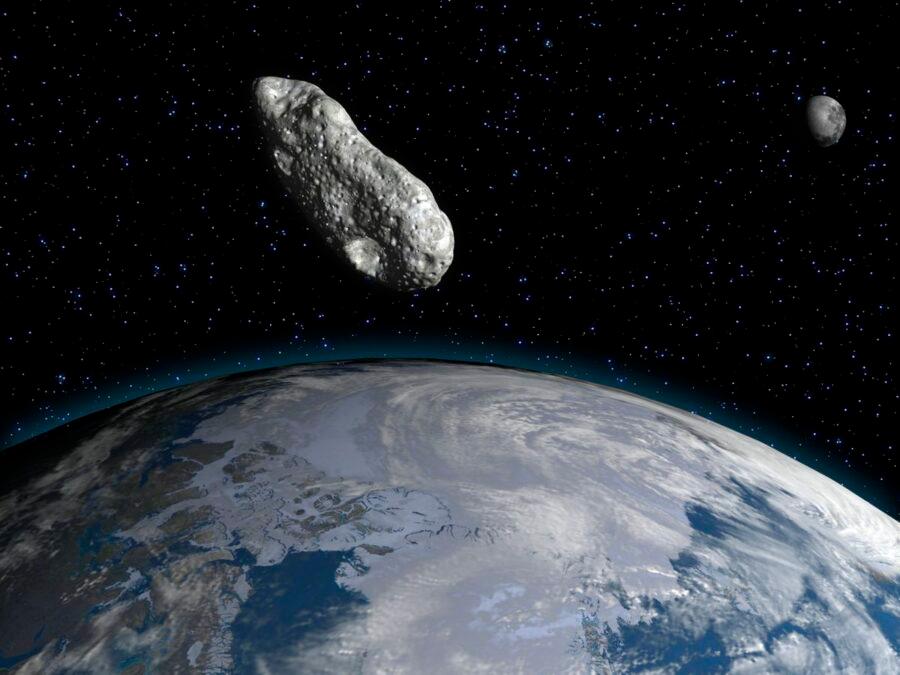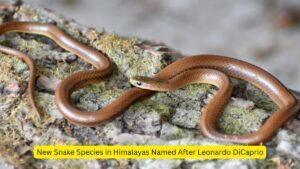NASA, the renowned space agency, has redirected its OSIRIS-REx spacecraft from its recent mission to asteroid Bennu to study another celestial body: Apophis. This asteroid, named after the Egyptian god of Chaos, is anticipated to pass within a remarkably close distance of 32,000 kilometers from Earth’s surface on April 13, 2029. This event presents a unique opportunity for scientists to gather valuable data about this 370-meter-diameter asteroid.
Apophis: A Mythological Serpent in Space
- In Egyptian mythology, Apophis is depicted as a serpent-shaped god, representing darkness and disorder with the aim of eradicating the world.
- Fortunately, the asteroid bearing its name poses no such threat. Much like Earth, Apophis orbits the sun, periodically approaching our planet.
- The upcoming close encounter on April 13, 2029, is set to bring Apophis closer than any recorded instance in history, making it visible to the naked eye across various regions.
OSIRIS-APEX: The Old Spacecraft on a New Mission
- After successfully completing a seven-year mission to the Bennu asteroid, the OSIRIS-REx spacecraft returned to Earth in September. Remarkably, it still had a quarter of its fuel remaining, prompting NASA to relaunch it for a rendezvous with Apophis.
- Renamed OSIRIS-APEX (Origins, Spectral Interpretation, Resource Identification, and Security – Apophis Explorer), the spacecraft is embarking on a $200 million mission to explore Apophis.
Close Encounter and Surface Analysis
- Apophis is classified as an “S-type” asteroid, composed of silicate and nickel-iron materials, distinguishing it from other asteroid types.
- As Apophis approaches Earth, OSIRIS-APEX will get within 25 meters of its surface, aiming to extract crucial information.
- Scientists are particularly interested in understanding how the asteroid’s surface changes when interacting with Earth’s gravity. This interaction could trigger seismic events and alter the asteroid’s orbit and rotation.
Planetary Defense and Scientific Insights
- Apophis’s proximity to Earth provides a unique opportunity for NASA to study planetary defense, a top priority for the organization.
- While most known potentially hazardous asteroids are of the “S-type,” Apophis’s close approach allows scientists to delve into planetary formation processes.
- Tidal forces and the accumulation of debris on asteroids could offer insights into the evolution of celestial bodies from the early solar system to fully formed planets.
Collision Ruled Out: From Concerns to Certainties
- The discovery of Apophis in 2004 initially raised concerns about a potential collision with Earth, leading to its classification as a level 4 on the Torino Scale.
- However, subsequent modeling in December 2004 disproved the likelihood of impact. In June 2021, when Apophis passed 17 million kilometers from Earth, NASA definitively ruled out any collision possibility, removing it from the Earth Close Approaches list.
Post-Passage Studies: OSIRIS-APEX’s 18-Month Operation
- Following Apophis’s close encounter, OSIRIS-APEX will continue operating near the asteroid for 18 months.
- This extended mission duration aims to observe and analyze the changes induced in Apophis by its proximity to Earth.
- The comprehensive study conducted during this period promises to contribute significantly to our understanding of celestial bodies and their interactions.
Important Questions Related to Exams
Q1. What is the primary objective of NASA’s OSIRIS-APEX mission?
A) Explore Venus
B) Study asteroid Bennu
C) Investigate asteroid Apophis
Q2. What is Apophis’s classification based on its composition?
A) M-type
B) S-type
C) C-type
Q3. What crucial information does NASA aim to extract when OSIRIS-APEX approaches Apophis’s surface?
A) Magnetic field data
B) Information about its rotation speed
C) Details on surface changes due to Earth’s gravity
Q4. How long will OSIRIS-APEX operate near Apophis after its close encounter with Earth?
A) 6 months
B) 12 months
C) 18 months
Please provide your answers in the comments section.



 Meta Partners with IndiaAI: A Leap Towar...
Meta Partners with IndiaAI: A Leap Towar...
 New Missile Testing Range Approved in An...
New Missile Testing Range Approved in An...
 New Snake Species in Himalayas Named Aft...
New Snake Species in Himalayas Named Aft...

